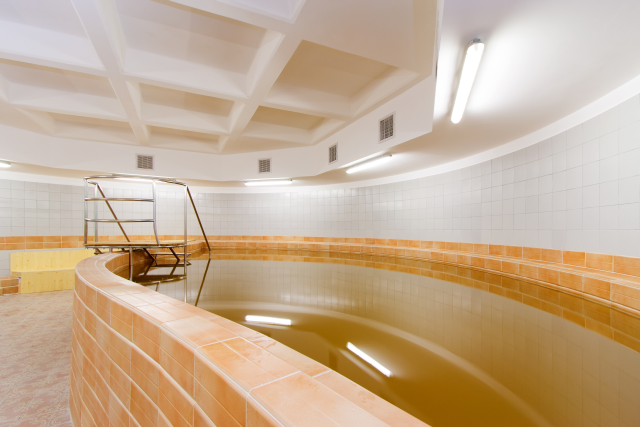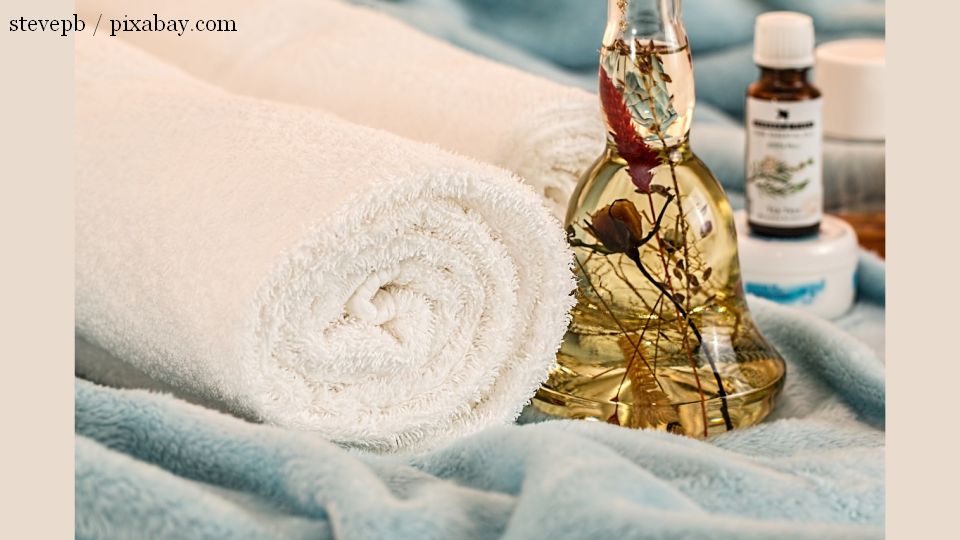Relaxation and treatment in Govora Spa
Listening to our feature, youll find out the correct answers to the questions of the contest and thus become the winners of an 8-day trip to Romania, with full board and treatment included.

Daniel Onea, 05.02.2015, 13:04
Cristina Petrescu, a balneologist in Govora Spa, says that children suffering from respiratory diseases are the main beneficiaries of the treatment in the centre where she works:
“I’d mention such diseases as bronchitis, bronchiolitis, rhinitis, otitis, bronchial asthma, ailments which quite a large number of children suffer from at the moment. In recent years, I’ve noted that such children are increasingly younger. The youngest patient I’ve seen in the last few years was five months old. However, the treatments we use are not only for respiratory diseases, but also for osteoarticular disorders, cardiovascular, circulatory or digestive diseases. In terms of rheumatic diseases, we have treatment for arthrosis at the level of big, medium and small joints and for acute rheumatic ailments. We offer crenotherapy using the three mineral springs for gastrointestinal disorders. People suffering from digestion disorders, colonic and kidney diseases can also benefit from our treatments.”
Cristina Petrescu has been working in Govora Spa for nearly 30 years now. She has had patients from New Zealand, Australia, Asia, from almost all European countries and North America. Children from Nordic countries in particular come to Govora Spa. Balneologist Cristina Petrescu:
“I’ve had 1000 patients myself. They have benefitted from aerosol therapy in our spa and their health condition is very good. There is a very big distance between New Zealand and Govora Spa; there are differences in terms of climate, hemisphere and culture. Some patients were wearing an oxygen mask when they came here and after two years, they went home without needing any medicine. The children’s evolution was surprising both for the parents and for the medical staff in the countries of origin. A recent case I’ve monitored in the last five years is that of an American oxygen-dependent little boy, who was hard to transport by plane. After the first two years of treatment, he gave up the portable oxygen tube he was carrying around like a backpack and this year, he has also given up the inhalation therapy, which is no longer necessary.”
Therapy is not invasive, it is not painful or stressing for children. The little ones are not given injections. Moreover, they can play during the treatment. Exercise is encouraged. In addition to the inhalation therapy, balneologist Cristina Petrescu recommends that people should exercise more. Aurelian Cebanu is a cardiologist at the CardioMetabolica Clinic in Govora Spa. The clinic is located in the Palace Hotel, a historical monument built over 1911-1914. Many patients have undergone heart surgery in that clinic and now they carry prostheses and have had stents implanted in their blood vessels. After being subject to a thorough cardiovascular investigation, they start a programme of physio-kinetotherapy.
“We help patients know what movements to make and when to make them. They do respiratory muscle stretch gymnastics. We also have a programme coordinated by a nutritionist. Patients are taught what to eat, what quantity to eat and especially when to eat. We try to educate patients, to inform them on the daily calories they need; we tell them to avoid fat in their diet and hypercaloric foods, to avoid having too much caffeine or too many sweets. Then we inform patients about risks related to the cardiovascular diseases. The microclimate in Govora Spa boasts a one to one ratio as regards cations and ions, which benefits the body’s health. We also have iodine and bromine anion inhalation procedures. We’ve had patients from Israel, Ukraine and Russia. We should know that prevention is easier than treatment. Excessive food consumption must be avoided and we encourage a 30-minute daily physical activity as key to a long and healthy life.”
Mihai Handolescu, manager of the Palace Hotel in Govora Spa told us about the rich history of that historical monument. The hotel was erected in the middle of the park of the spa, laid out by the French landscape architect Emile Pinard.
“It is a happy mix of three architectural styles: eclectic, Art Nouveau and neo-Romanian. It was conceived as a luxury hotel. It was built in four years, over 1911-1914. It was the first hotel with a treatment facility in Romania, successfully using mineral waters, with a special effect in the treatment of respiratory diseases, rheumatic, digestive and renal diseases. It had a troubled history. It survived two wars. During World War II, the spa was chosen by the exiled Polish government to accommodate some of the officials and the Polish treasury. Few investments were made during the communist regime and just to superficially overhaul the hotel. But after Romania’s EU accession, we could access non-reimbursable funds. After the hotel had been redecorated, it was called the Palace-Govora Spa Hotel. Since 2013, when it was reopened, to date, some 7,000 tourists from all over the world have been accommodated here. We further aim to attract tourists from the Middle East. In collaboration with the travel agencies, we’ll try to be present on the markets in the United Arab Emirates.”
Just 22 km from Govora Spa or a 30 minutes’ drive, there is the capital of Valcea County, the town of Ramnicu Valcea, where you can visit monasteries that have been declared historical monuments, such as the Govora Monastery raised in the 15th century, the Surpatele Monastery or the One Wood Monastery. But we’ll talk about religious tourism in another edition of Traveller’s Guide.






























